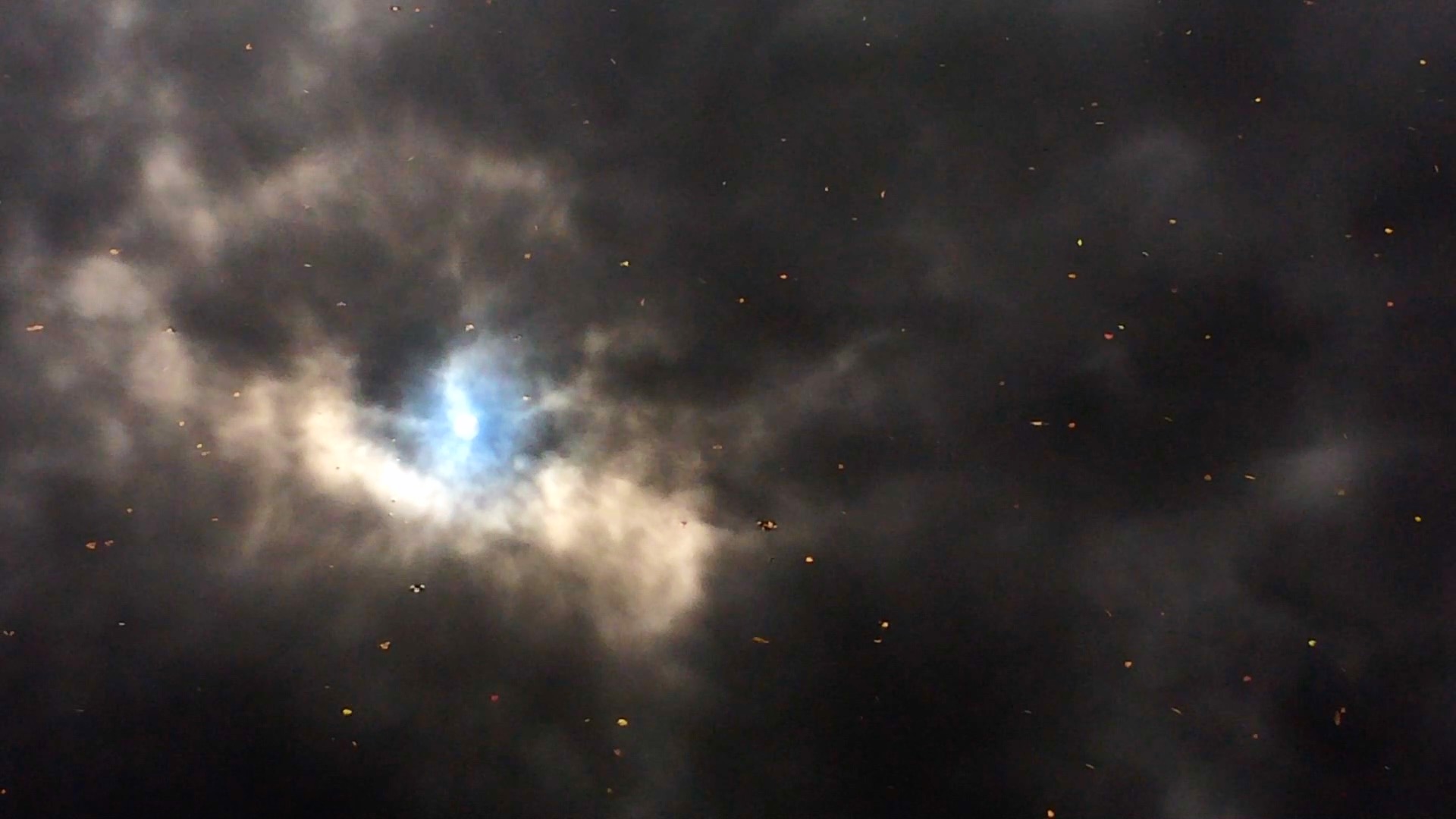Tempest Flow
Claire Bridge
Tempest Flow
video and sound installation
5 min 27 secs
I continue to explore a core theme of my practice, that of the relationship between ourselves and our planet at the edge of change. I focus on the intricate connection between the causes and impacts of climate change, exploring both a harmony and dissonance in this relationship, in particular in the Australian context within the uniquely Australian landscape. Filmed on location in the takayna/Tarkine Rainforest. The Tarkine is named after the Tarkiner people who lived in the region from 175 to 30,000 years ago. It contains significant aboriginal cultural heritage and home to one of the greatest concentrations of aboriginal sites in Australia.
This significant area is one of the world’s greatest remaining tracts of temperate rainforest, containing some of the tallest and best examples of old-growth rainforest in Tasmania and covering an area of approximately 450,000 hectares in north west Tasmania. The Tarkine has well recognised international significance, and yet less than 5% of the Tarkine is protected as a National Park. Rainforests are the lungs of the planet. I filmed this work during “Tarkine in Motion” where I had the incredible opportunity to be in the Tarkine with over 100 artists, musicians, poets, and performers, gathered together along with Bob Brown Foundation, over a single weekend in March 2016.
In ‘Tempest Flow’, Myrtle leaves float by on the languid river within the Tarkine. Myrtle dominates the Tarkine’s rainforests and is a key indicator of ancient Gondwana origins. Just as our relationship with each other is being reflected in our relationship with our planet, the waters in tempest flow reflect the shifting of clouds above.
Cloud patterns are shifting because of climate change. “A new study led by researchers from the Scripps Institution of Oceanography at the University of California-San Diego has systematically analysed more than 25 years of cloud records, starting in 1983—a huge task. On balance, cloud patterns have been shifting toward the poles, the researchers found, and the tallest cloud tops have grown taller.
Ramifications from these trends include the drying of places in the subtropics like California, South Africa, and southern Europe and a net warming of the planet.”1 “The primary drivers of these cloud changes appear to be increasing greenhouse gas concentrations and a recovery from volcanic radiative cooling. These results indicate that the cloud changes most consistently predicted by global climate models are currently occurring in nature.”2 The subtle frog calls I recorded as misty rain fell under the canopy of tall Huon Pine rainforest, unique to Tasmania. As renowned herpetologist Ellin Beltz states, frogs are the “canary in the mine” for climate change.
The river I have filmed is downstream from one of the largest Tasmanian mines, the Savage River Mine, an iron ore mine which has caused detrimental environmental harm. “In 1995, …[30km of the Savage River] was found to have lost 90% of its invertebrate biodiversity and 99% of its invertebrate abundance.” It is all intricately connected.
source: http://www.slate.com/blogs/future_tense/2016/07/12/study_cloud_patterns_are_shifting_because_of_climate_change.html (Source: - Evidence for climate change in the satellite cloud record. Joel R. Norris,Robert J. Allen,Amato T. Evan,Mark D. Zelinka,Christopher W. O’Dell& Stephen A. Klein - sourced http://www.nature.com/nature/journal/v536/n7614/full/nature18273.html) 3 (Source - http://epa.tas.gov.au/epa/savage-river)
I am interested in touching both ends of the spectrum of paradox in my work, to FUSE the polarities and discover what emerges between them. I seek to create both a sense of the transient and ephemeral as well as that of the infinite and timeless. A transport into the cosmos, where leaves floating by are intuitively transformed into stars in a galaxy moving through infinite space. The microcosm and the macrocosm unified and interdependent. In the words of the United Nations, “Water is the primary medium through which climate change influences Earth’s ecosystem and thus the livelihood and well-being of societies. Water connects us all. Human beings ourselves are composed of between 50 -75% water. Water connects us intricately with global ecosystems, through rivers, lakes, clouds, rainfall and melting ice-caps and rising and warming oceans, through the air we breathe and water we drink. It moves through us all. Within all the diversity, a unifier.
Claire Bridge - film and soundscape
Moby - music, "Overlands" used with permission and thanks to mobygratis.com
Marc Anderson - bird songs, excerpts from tracks "Currawong Concerto" and"Tranquil afternoon" by Wild Ambience, licensed with permission.


